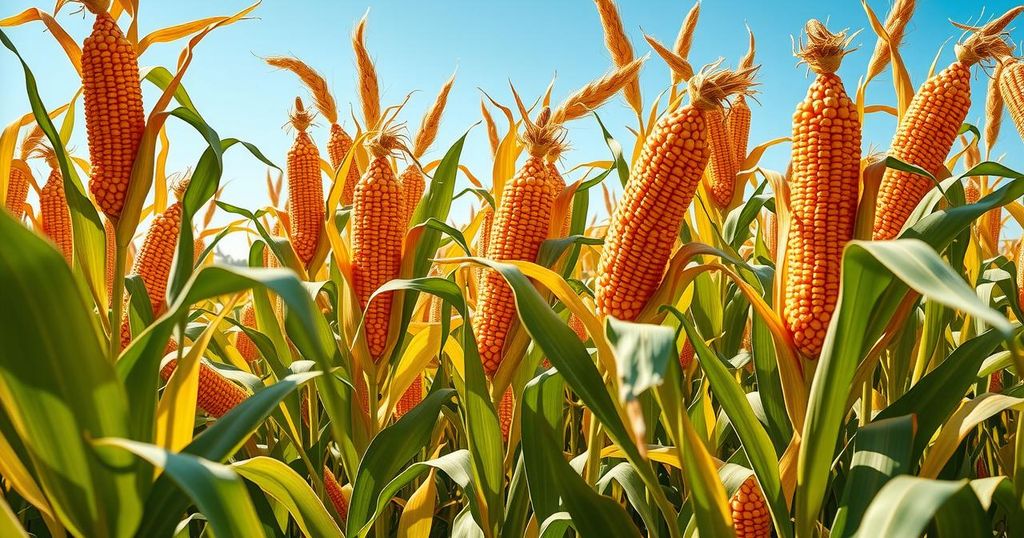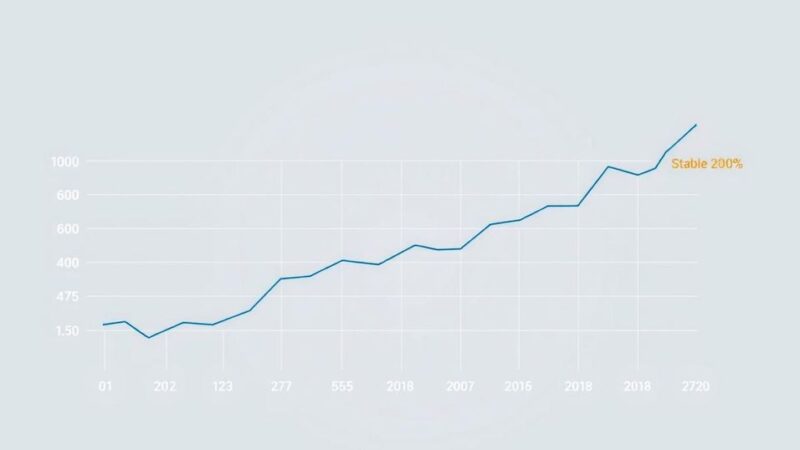- Brazil’s corn harvest is projected at 101 million tonnes, an all-time high.
- Logistical challenges have stalled harvest completion to just 20% by late June.
- Domestic corn consumption is up due to increased ethanol mandates and livestock growth.
- U.S. corn prices are becoming more competitive against Brazil’s current prices.
- Investment in U.S. agribusiness stocks could benefit from these changes.
Brazil’s Corn Harvest Dynamics and U.S. Opportunities
The Brazilian corn market for 2025 is presenting quite the paradox—on one hand, record yields, while on the other, logistical challenges are creating unique chances for U.S. grain exporters. The National Supply Company of Brazil, known as Conab, is projecting a second-crop or safrinha harvest hitting a staggering 101 million tonnes, making it the second-largest ever recorded. Yet, delays in harvesting, mainly due to heavy rains and increased domestic demand, are sending ripples through global grain markets, which begs the question: what will this mean for U.S. agribusiness?
Record Yields Countered by Harvest Delays
As it stands, 78% of Brazil’s total corn production comes from its safrinha crop, and this year’s projected yield reflects a sizeable 12.2% increase over last year. April-May rains have favored crop growth, particularly in the Center-West region, which accounts for about 60% of safrinha output. But complications arise as only 20% of the harvest was completed by late June, falling significantly short of the usual 50% completion rate by early July. The excess moisture has hindered logistics, causing logistical nightmare for farmers who need to dry out their fields before harvesting.
Rising Domestic Demand and Its Impacts
The domestic consumer pressure in Brazil is mounting, particularly from the ethanol and livestock sectors, both of which are driving increased corn use. The upcoming implementation of a new 30% ethanol blend mandate due in August 2025 is expected to shift another 10 to 15 million tonnes of corn directly to fuel production. Add to that the poultry and beef industries’ growing appetite for corn, now consuming about 40% of what Brazil produces, and you’ve got a scenario predicting a tight squeeze on stock levels. As a consequence, Conab is estimating an almost 9% drop in exports for 2025, despite a robust global demand for grains.
In summary, Brazil’s corn situation creates a complex landscape: while yields may seem abundant, the operational hurdles and rising domestic consumption are limiting export possibilities. This presents a unique window for U.S. grain exporters to step in and capture market share. Investors looking to exploit this shifting dynamic should focus on agribusiness stocks and related ETFs over the coming months, as the evolving landscape may provide both opportunities and risks that need navigating carefully.






